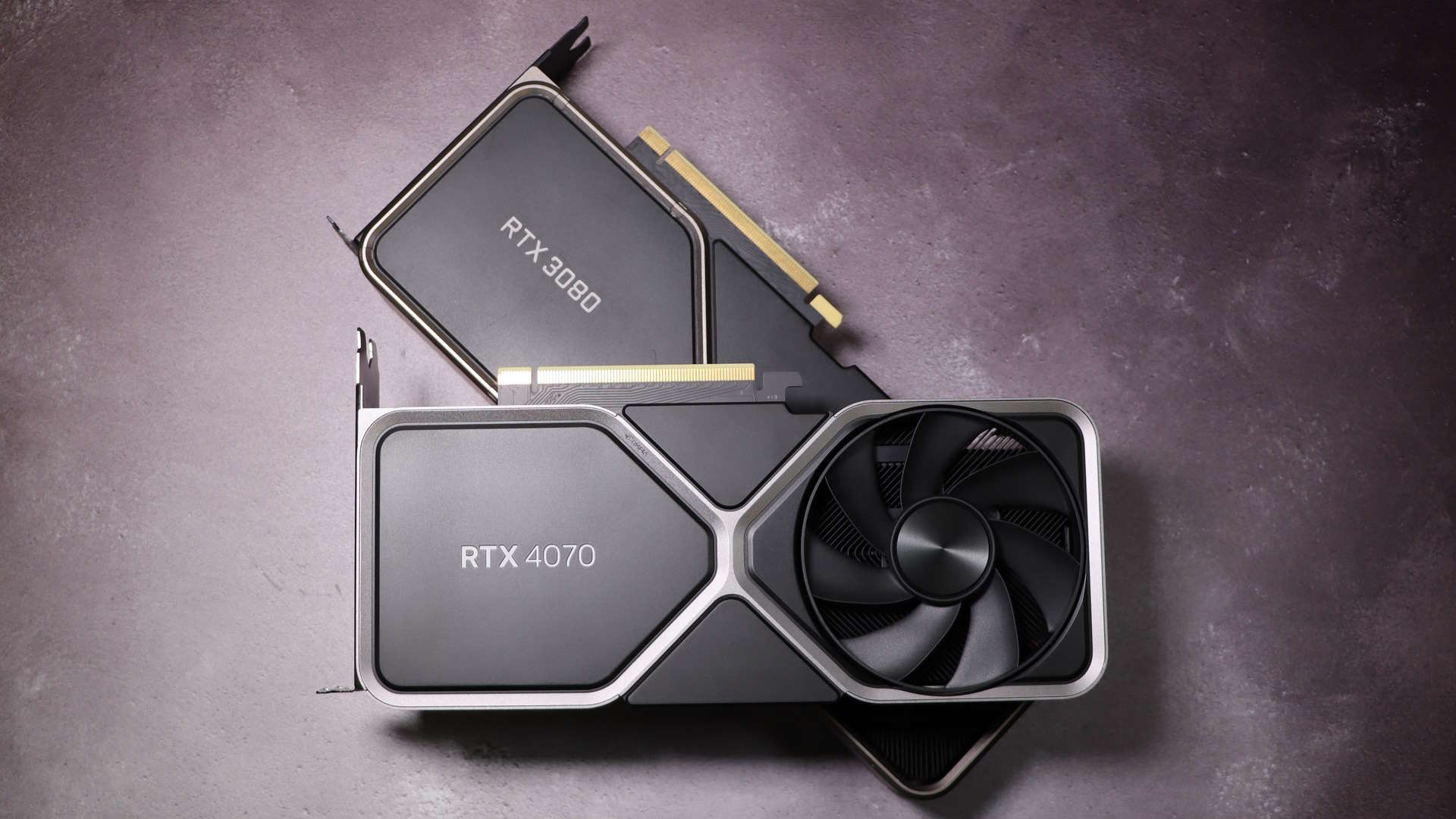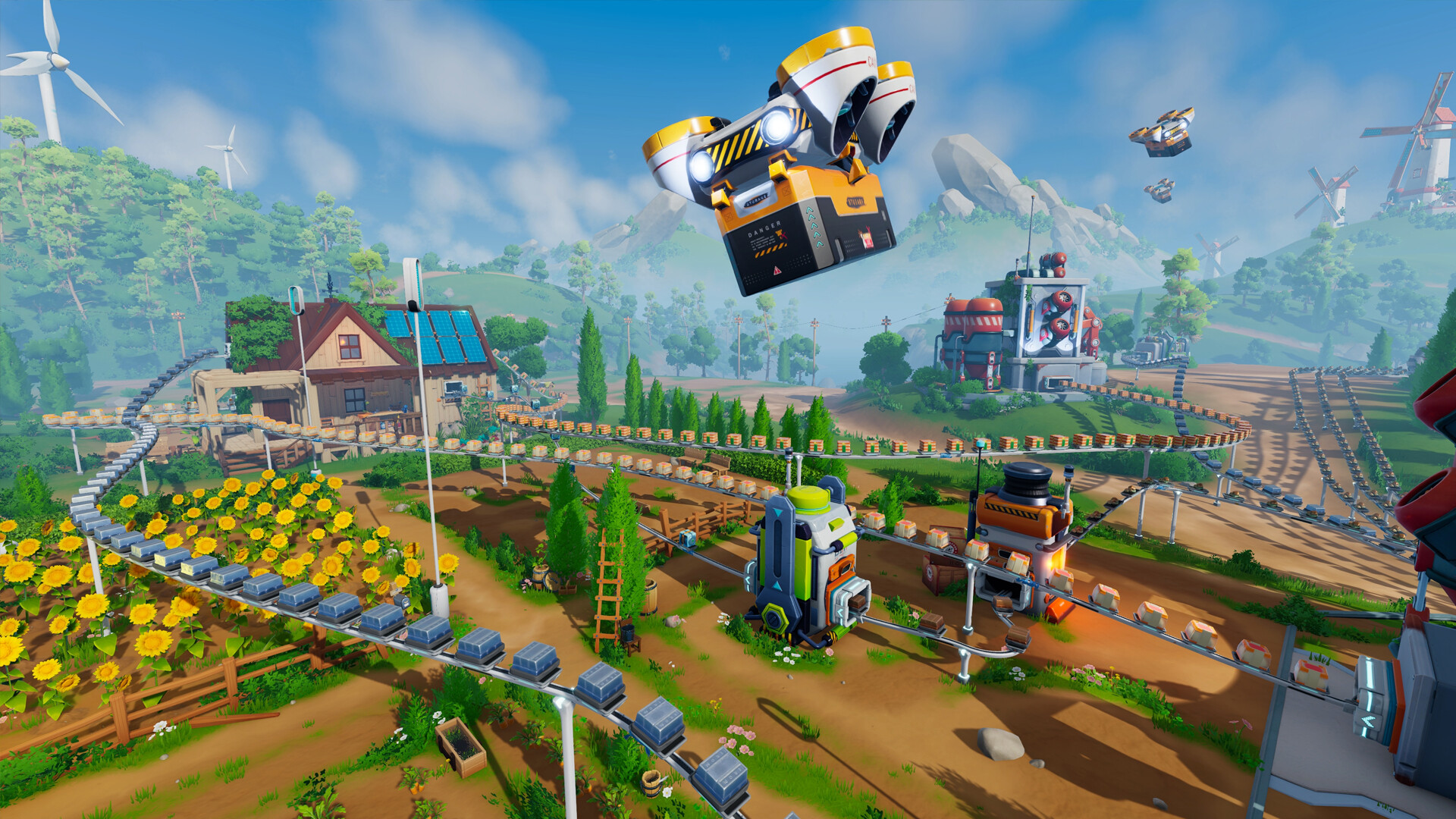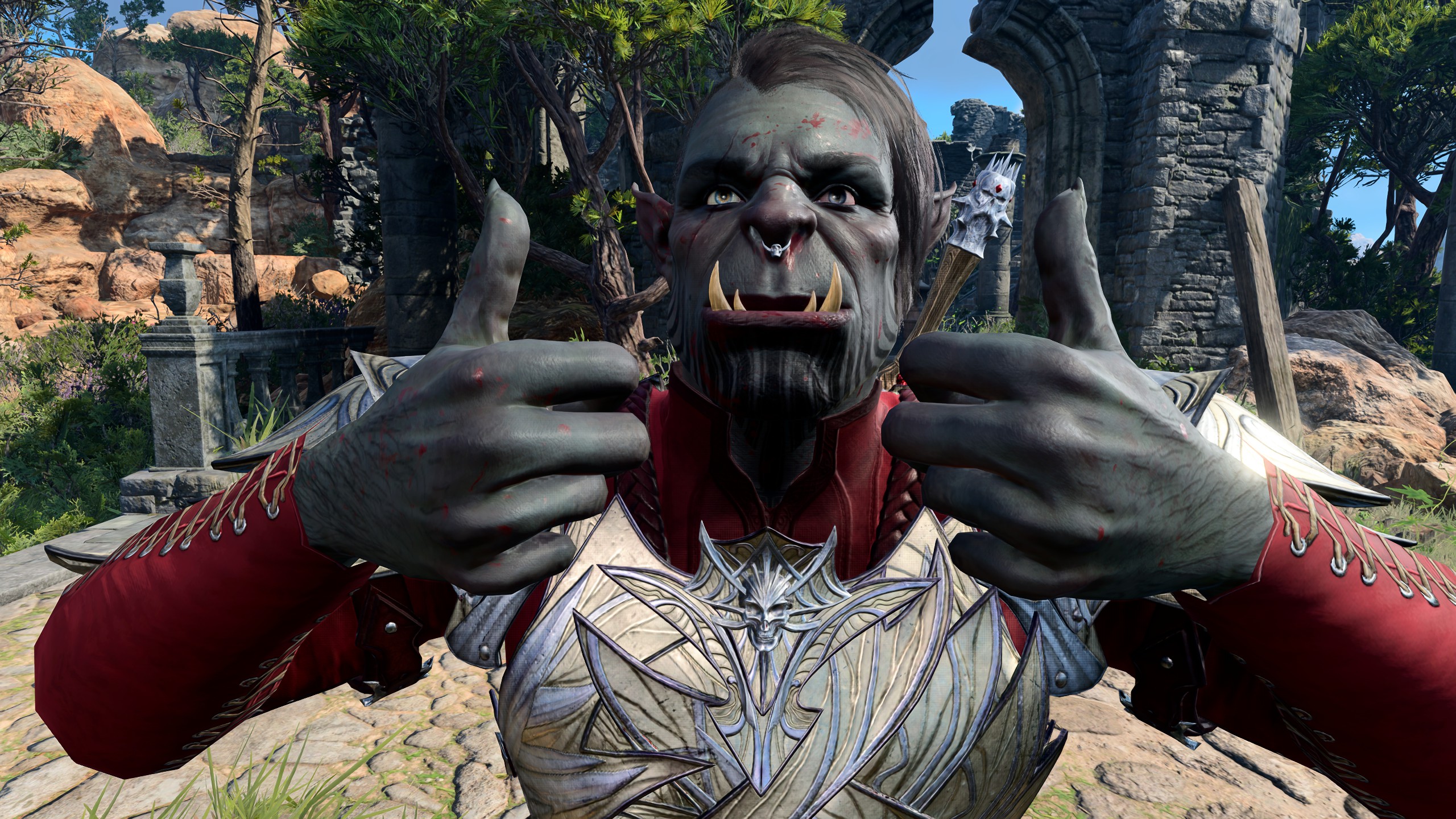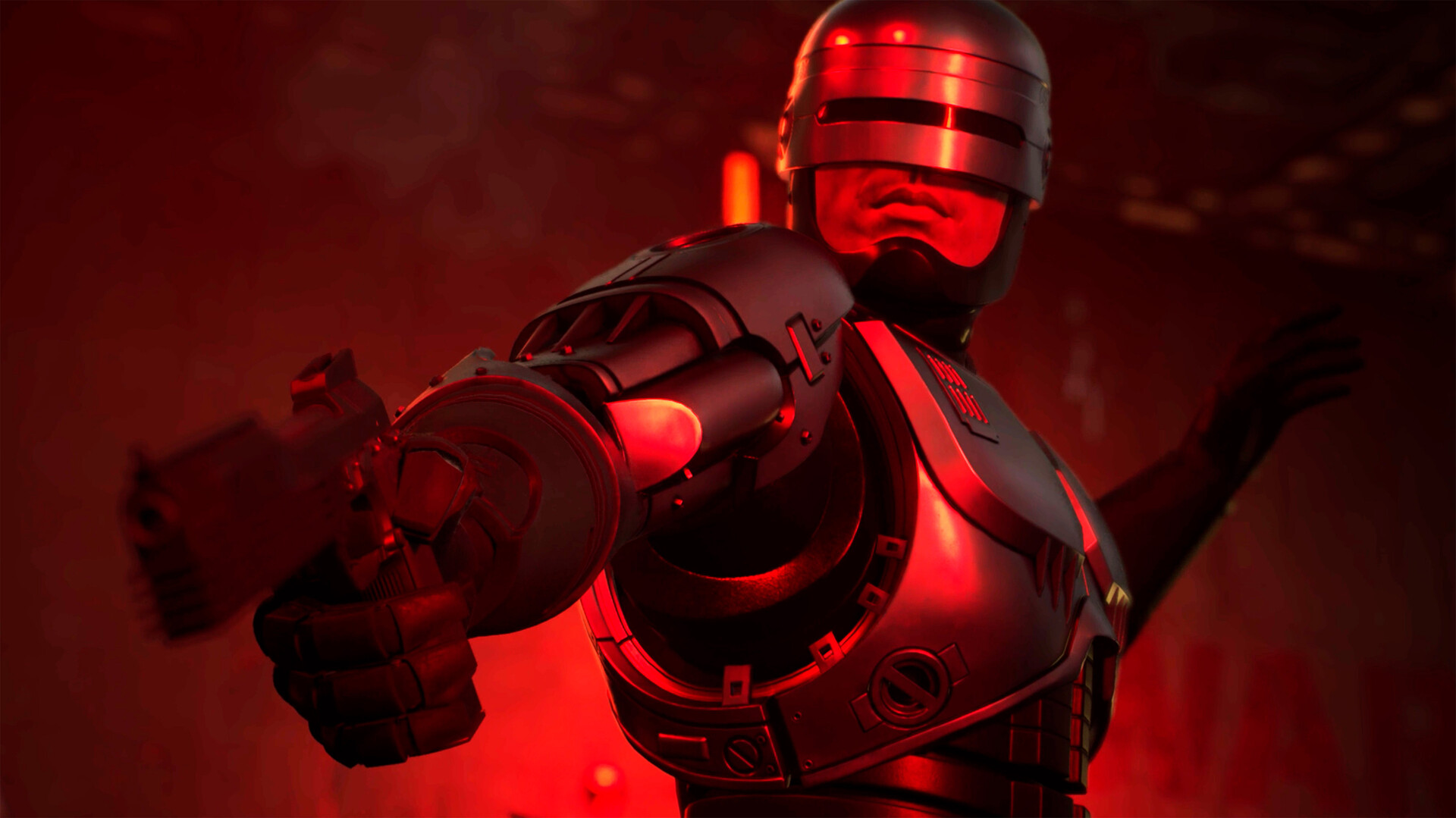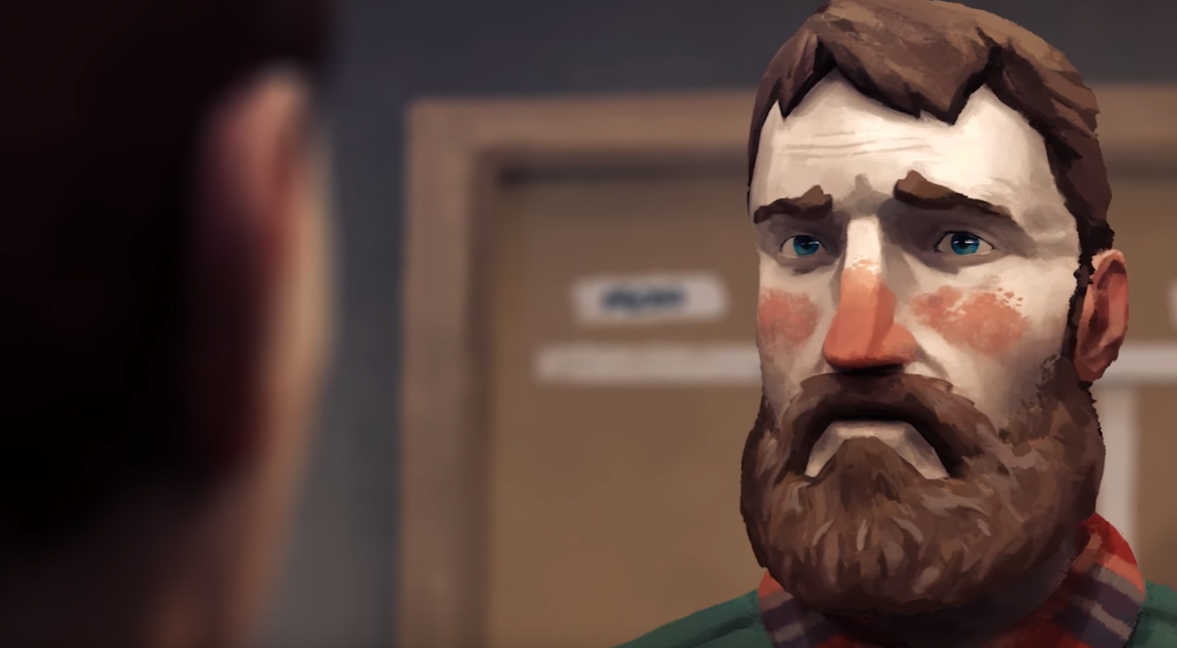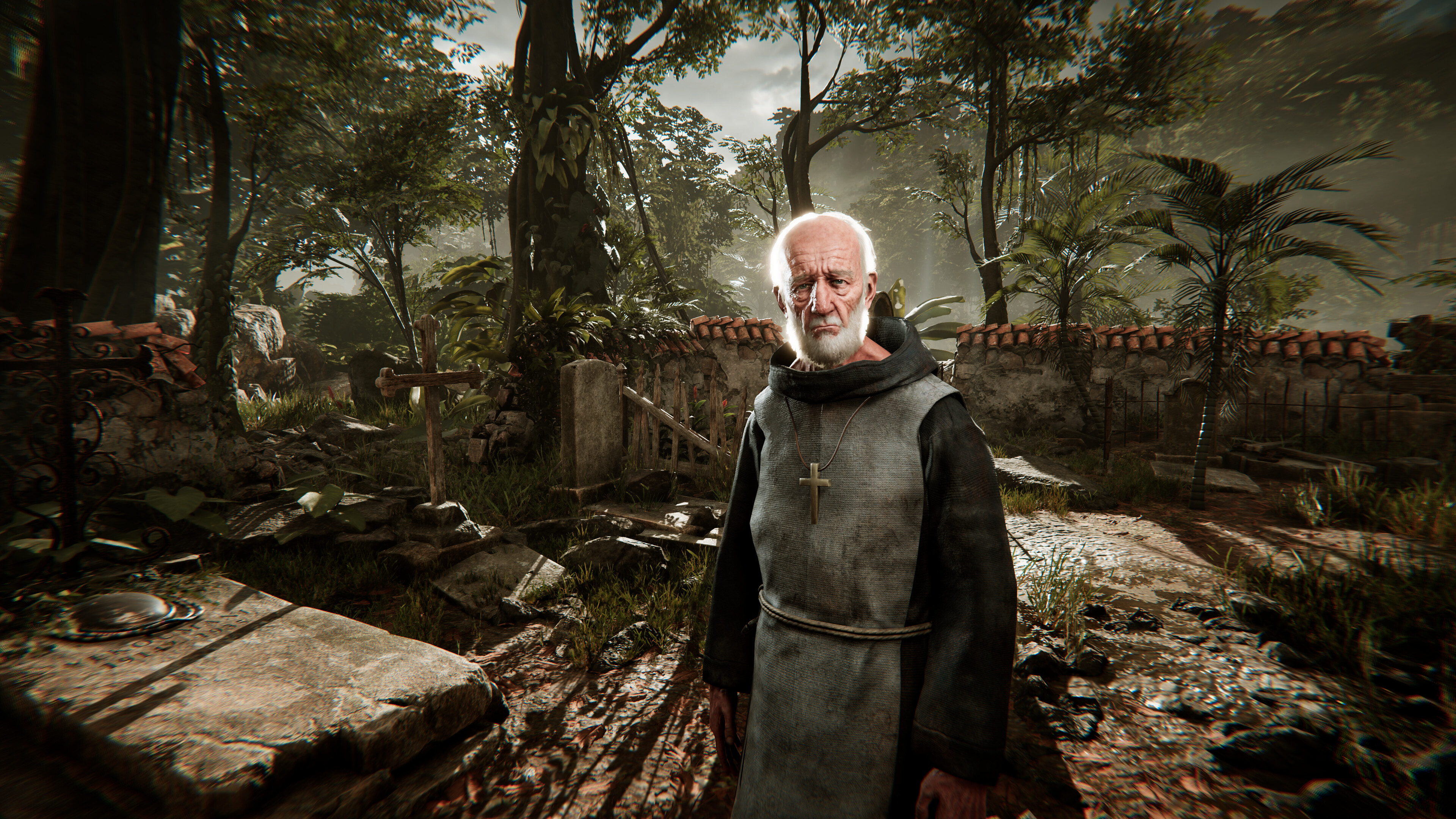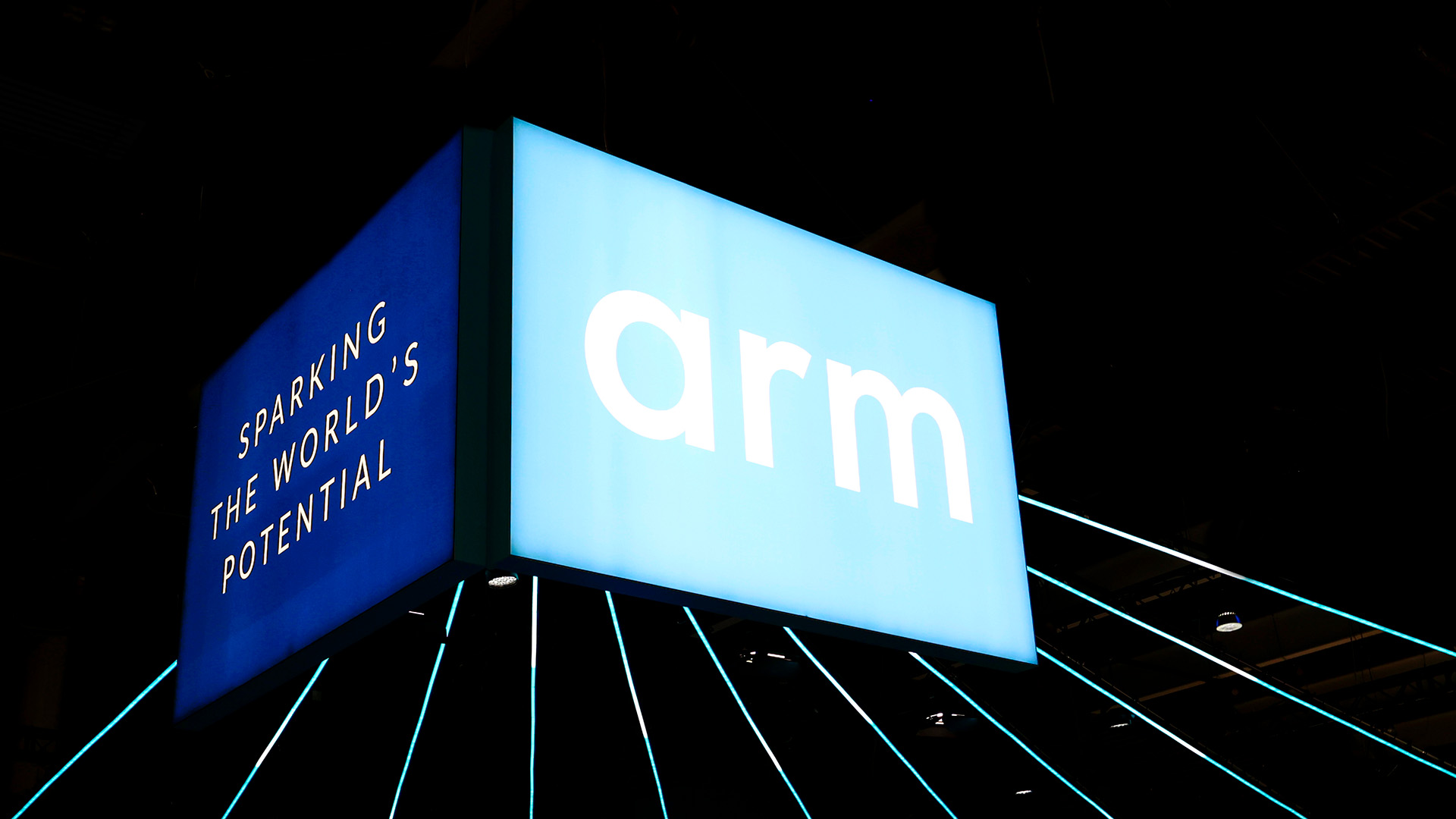
"I think Intel's biggest dilemma is how to disassociate from being either a vertical company or a fabless company."
While much has been written about Intel’s terrible, horrible, no good, very bad year, one man who has something of a unique insight is Arm CEO Rene Haas. He’s worked at Nvidia, and now heads up one of the biggest chip design companies in the world—and there were reports earlier in the year that Arm was even considering buying a chunk of Intel, before being told to jog on.
As a result, he’s a man worth listening to when it comes to breaking down some of the potential reasons why Intel has floundered in recent years. Speaking to The Verge, he was asked directly what he thought should happen to Intel—and although he didn’t answer the question directly, he still gave some interesting insights.
“I guess at the highest level, as someone who’s been in the industry my whole career, it is a little sad to see what’s happening from the perspective of Intel as an icon,” said Haas.
“But at the same time, you have to innovate in our industry. There are lots of tombstones of great tech companies that didn’t reinvent themselves.
“I think Intel’s biggest dilemma is how to disassociate from being either a vertical company or a fabless company, to oversimplify it. I think that is the fork in the road that it’s faced for the last decade, to be honest with you. And [former Intel CEO] Pat [Gelsinger] had a strategy that was very clear that vertical was the way to win.”
Vertical in this case meaning vertical integration, in that Intel’s goal to take control of its supply chain by building its own fabs and making chips itself was paramount to its strategy. However, as Haas points out, it’s a goal with serious costs:
“My personal bias is that vertical integration can be a pretty powerful thing, and if they can get that right, they would be in an amazing position.
“But the cost associated with it is so high that it may be too big of a hill to climb”, he concluded.
Best CPU for gaming: The top chips from Intel and AMD.
Best gaming motherboard: The right boards.
Best graphics card: Your perfect pixel-pusher awaits.
Best SSD for gaming: Get into the game ahead of the rest.
When it came to confirming or dispelling rumours about Arm acquiring Intel (or at least part of it), Haas refused to comment. However, his comments on Intel’s chipmaking difficulties seem apt. Ex-CEO Pat Gelsinger appeared to struggle to turn Intel’s fabs into fully-functional operations, dropping the 20A process and famously stating that he was “betting the whole company” on 18A, a process that’s been in the headlines recently with varying stories on potentially low yields.
Still, the short story here is that chipmaking is hard, even for a tech behemoth like Intel, and going all in on one strategy always has the potential to backfire.
While Haas’ comments seem full of genuine sentiment, he stands in a position that could potentially benefit from Intel’s missteps in recent years—even if those gains could come from the failure of one, and the careful strategy of another.
Time will tell what happens to Intel in the long run, of course, but now Pat Gelsinger has ‘retired’ (and amid some disappointing chip releases), things look more uncertain for the titan now than they’ve ever been. Intel’s future remains murky, but I wouldn’t rule out Arm having its part to play in whatever comes next.

